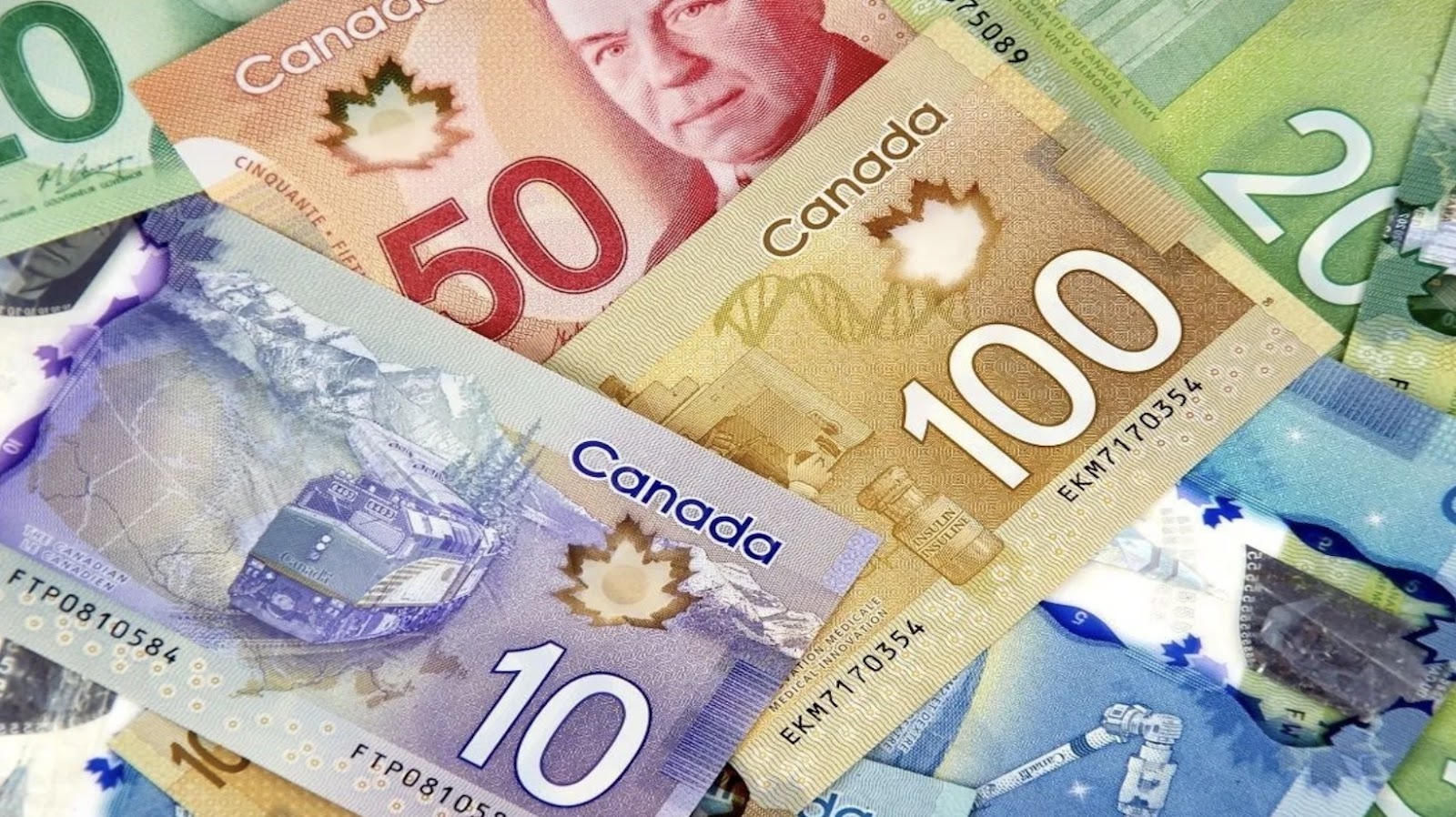The Importance of the Canadian Dollar
The Canadian Dollar, affectionately known as the “Loonie,” holds a crucial place in both domestic and international financial markets. Being the fifth most held reserve currency worldwide, it’s a major player in forex markets.
The importance of the Canadian dollar stems primarily from Canada’s robust economy. Known for its strong banking system, Canada boasts the world’s 10th largest economy. This positions the “Loonie” as a crucial benchmark currency globally. Despite this, it can be significantly influenced by external conditions, especially the US economy and the price of crude oil.
Trading goods and services with other countries is a cornerstone of Canada’s economy. Here, the exchange rate of the “Loonie” decides the price of Canadian exports and imports. When the Canadian dollar appreciates against other currencies, Canadian goods become more expensive for international importers, potentially putting a dent in demand. Conversely, a stronger “Loonie” can cheapen imports, making international goods more affordable for Canadians.
The “Loonie” and Investment
For investors, the strength of the Canadian dollar can significantly alter the profitability of their assets. When the “Loonie” appreciates, Canadian dollar-denominated investments gain value. This could include everything from stocks and bonds to real estate and personal savings.
Furthermore, the interest rate set by the Bank of Canada often impacts the value of the Canadian dollar. Higher interest rates can attract international investors, triggering an appreciation of the “Loonie”. Given these implications, it’s clear the value of the Canadian dollar has far-reaching effects throughout Canada’s economy. Our next section will delve deeper into the economic impacts of a rising Canadian dollar.
Appreciation of the Canadian Dollar Will
The dynamics of currency appreciation can bring both benefits and challenges. So how can a country like Canada navigate these waters and strategically appreciate its currency? What steps can be taken to ensure a beneficial appreciation of the Canadian Dollar? Let’s delve into two core strategies: monetary policy measures and government intervention.
Monetary Policy Measures
Monetary policy plays a key role in determining the value of a country’s currency. Central banks, like the Bank of Canada, can manipulate interest rates to appreciate their currency. Higher interest rates can make a currency more attractive to foreign investors looking for higher yields, thus boosting demand. This method could result in an appreciation of the Canadian Dollar.
However, such measures do not come without risk. Higher interest rates could deter domestic borrowing and spending, possibly leading to slower economic growth. Understanding these trade-offs and fine-tuning monetary policy is a delicate act that requires careful consideration and expert judgement.
Government Intervention
Beyond the realms of monetary policy, government intervention can also influence the strength of a country’s currency. This can include strategies like the purchase of foreign currencies to increase the demand for the domestic currency.
For instance, the Canadian government could opt to buy more US Dollars with Canadian Dollars, thereby increasing the demand for the latter and, consequently, its value.
However, this interventionist approach is not always straightforward. It must be applied with precision to avoid unintended consequences, such as a rapid surge in inflation pressures.
As with monetary policy adjustments, government intervention to drive currency appreciation requires a nuanced understanding of the intricacies of global financial markets and the specific dynamics of a given country’s economy.
In essence, enhancing the value of the Canadian dollar requires strategic planning that leverages both monetary policy measures and targeted government intervention. Ultimately, it’s about striking the right balance between these strategies, taking into account a multitude of factors that shape Canada’s economic landscape.
Still, the benefits of a strong Canadian Dollar, such as increased purchasing power and lower imported inflation, make this pursuit worthwhile. This balance of strategies offers a roadmap to unlocking these benefits for importers, consumers, and businesses alike.



